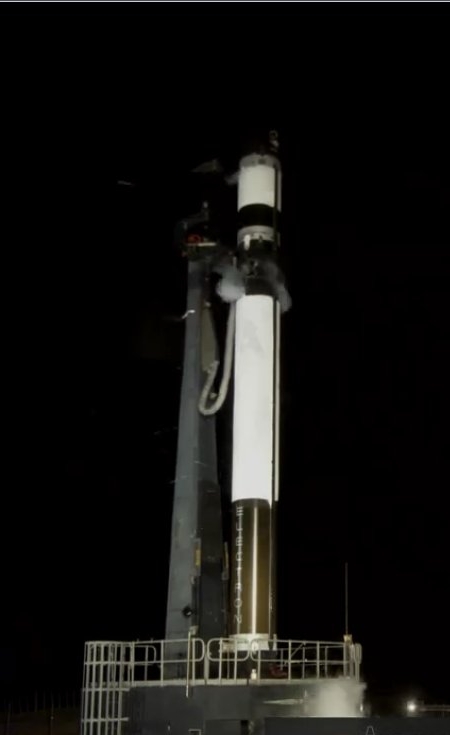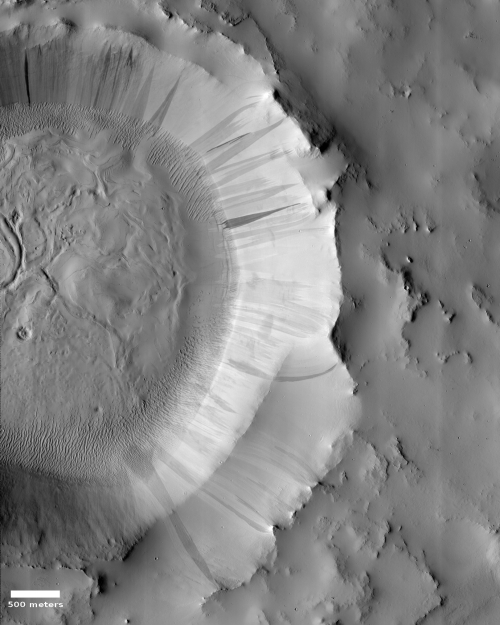U.S. & U.K. sign space agreement
Anticipating the exit of the United Kingdom from the European Union, the Trump administration has signed an new space agreement with the U.K. in order to facilitate the ability of U.S. companies export British technology as well as launch from its spaceports.
I cannot find the actual text of the agreement so my description, based on news reports and the press release (linked above) might be wrong. It does appear however that the agreement is designed to smooth out the regulatory environment that might block commercial space development involving both countries.
It also seems required because of the UK’s exit from the EU. They need to sign bilateral agreements with other nations to replace the EU framework.
Anticipating the exit of the United Kingdom from the European Union, the Trump administration has signed an new space agreement with the U.K. in order to facilitate the ability of U.S. companies export British technology as well as launch from its spaceports.
I cannot find the actual text of the agreement so my description, based on news reports and the press release (linked above) might be wrong. It does appear however that the agreement is designed to smooth out the regulatory environment that might block commercial space development involving both countries.
It also seems required because of the UK’s exit from the EU. They need to sign bilateral agreements with other nations to replace the EU framework.









